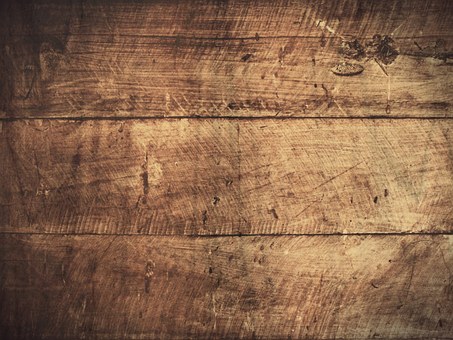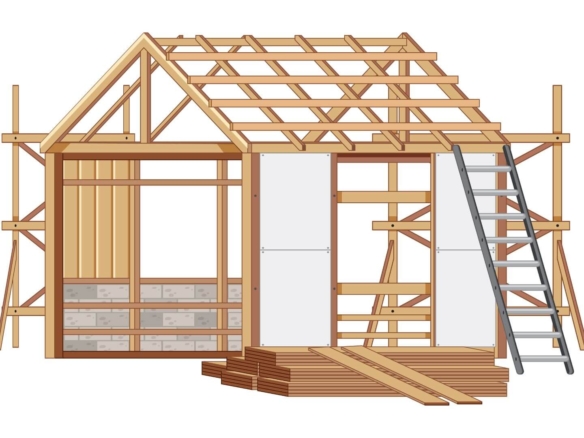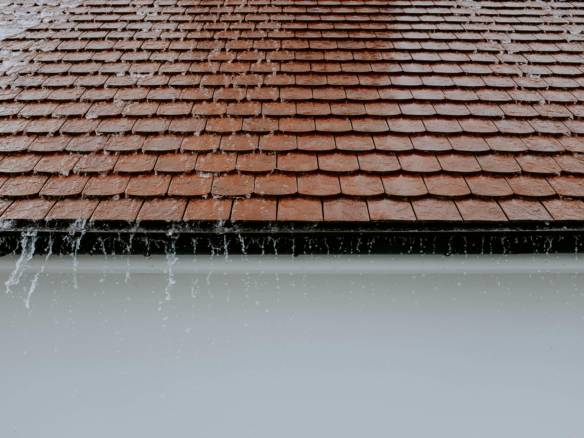
Want to have natural wood as a design element for your home interiors? Of course you do! Wood surfaces make a space look elegant and expensive. They also create that artful and closer-to-nature atmosphere.
The best way to maintain the look of your wood surfaces is to treat them with products that protects its shine and enhances its deep hues. As to what product to use depends on the function of the item and the level of protection that you want. Read on for three of the most commonly used products for wood finishes, and how to best use them.
Rub-In Oils
Oils top our list because they are relatively very easy to use. Even if you are someone who does not know anything about carpentry and woodworking, you won’t have any problems using oils. You basically just have to rub the oil on the wooden surface and wait for it to dry.
Linseed and tung oils are two of the most common types used by homeowners to restore the finish of their wooden tabletops, columns, balusters, and other items. Linseed is the cheaper option, and there are actually variants of this oil that have been approved by the FDA as safe for direct contact with food — Tung Oil by Real Milk Paint is a good example. If you are looking at refinishing a wooden kitchen table or countertop, then such variants are the ones that you should be looking for.
Note that oils do not really provide the best protection against wear and tear. They enhance the beauty of a surface by seeping into it, so no layer of protection is left on the outside. Because of this, oils are best used on surfaces that can easily be refinished.
Shellac
Shellac is a common wood finish that comes from the natural resins that an insect called the lac bug secretes. These secretions are carefully gathered and meticulously processed to form flakes, which are then dissolved in an alcohol base, usually denatured or ethyl. Aside from giving the wood its appealing shine, shellac also helps in sealing it so that moisture that can potentially damage the integrity of the wood is kept out.
When you buy shellac from stores, its packaging usually has information about the product’s ‘cut’. This simply refers to how many pounds of flakes were dissolved in a gallon of alcohol to create the shellac. You might need thicker shellac for never-been-touched surfaces. You can use thinner ones on surfaces that you just want to refinish.
Varnish
Varnish is the product to use if you really want reliable wood protection. This chemical can build up protective layers on top of the wood, giving it a rather sophisticated shiny finish. Varnish is ideally used on high-wear items such as dinner tables, wooden chairs, and other pieces of everyday-use furniture.
Varnish is oil-based and contains resins that are synthetically processed. There are varnish variants that have more oil than resins — these are often referred to as long-oil, and they are perfect for surfaces that are exposed to moisture. Varnishes that have more resins than oil — the short-oil variants — are perfect for surfaces that require a sturdier finish such as tabletops.



